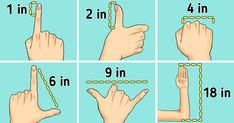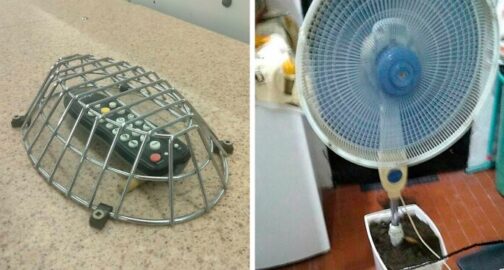
There are 240 million 911 calls in the U.S. each year, which makes over 600,000 calls a day. People get into emergency situations often. Of course, it is impossible to predict the future and prepare for everything, but you can save these dozen of life hacks that can help you or your friends in the future, like how to make a long-lasting fire or how to give an SOS signal with your phone.
After studying situations where people survived, even after getting trapped in life-threatening situations, Bright Side came up with a compilation of tricks and hacks that you should know in order to get out safely.
1. Use an office chair to clear an airway.
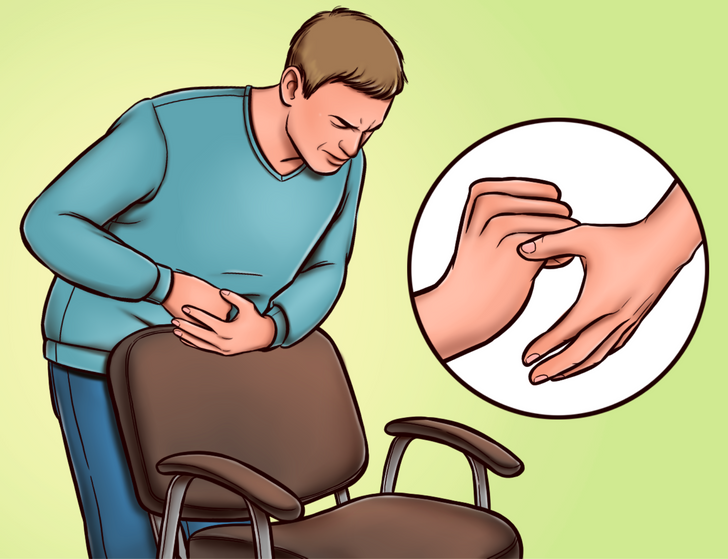
The Heimlich maneuver is a fast first aid method against choking. Choking occurs when a foreign object like food, a toy, or other small items block the airflow. To perform the Heimlich maneuver, you need to do the following:
- Stand behind the person (if it’s a child, it’s better to get on your knees).
- Put your arms around their waist and tilt their chest forward a bit.
- Make a fist with one hand, grab it with the other hand and place it a little bit above the belly button.
- Make quick pressing movements into the stomach, like you’re trying to lift the person up, do it until their airway is clear.
If you’re the one who’s choking and there’s no one around you to help, you can use the back of the chair to do thrusts. This will produce a similar pressure to if there was another person, according to a study.
2. Use headphones or a charger cord to stop bleeding.
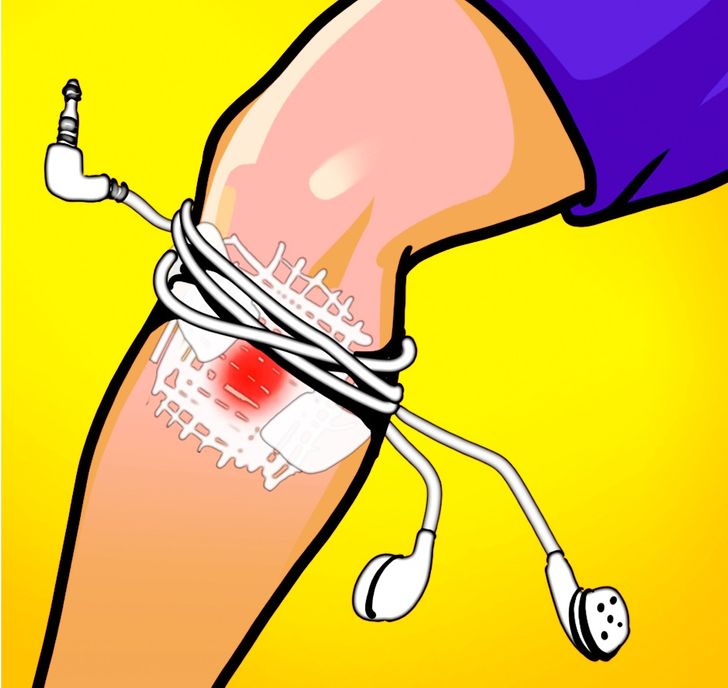
If you or another person has arterial bleeding (the bright red pulsing kind), you can try to temporarily stop it by using a tourniquet. It’s always better to use a commercially made tourniquet (usually there is at least one in any first aid kit), but if you don’t have one and you can’t get to a doctor, you can try to make an improvised tourniquet.
Thin items like phone chargers and headphone wires are much more narrow, so you have to be extremely careful and only use them as a last resort (remember if you have a chance, call for professional help):
- Put fabric about an inch above the wound. It’ll help cause less damage to the skin since the cables are thin.
- Tie the cable around the spot tightly.
The bleeding should stop within 2 minutes. Remember to not keep the tourniquet on for more than 2 hours, if possible.
3. Use your phone to send SOS signals.
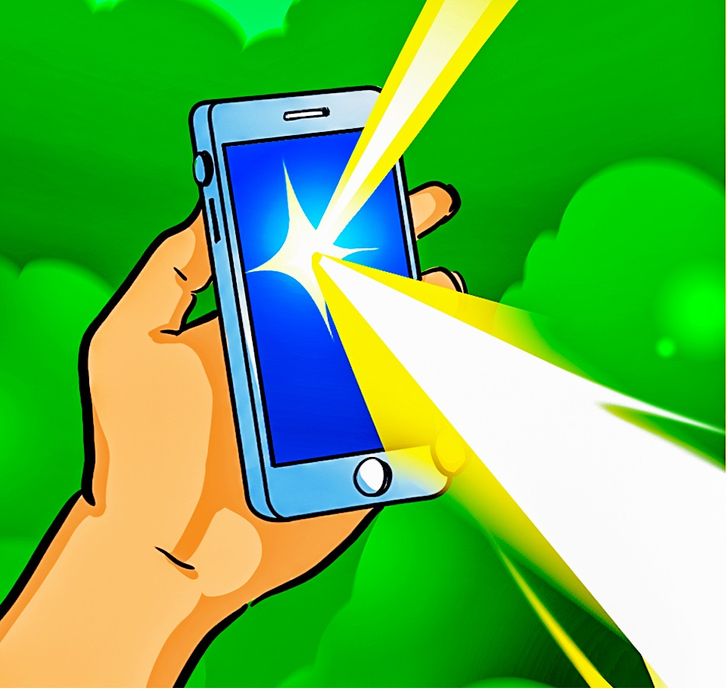
Most smartphones have a built-in flashlight, but if the battery is dead, your phone can still be useful in an emergency situation. Use the screen to reflect the sun or moonlight. Reflections can be seen over long distances, basically like a flashlight. If you see a ship or a plane, stretch your arm and make a peace sign — put the phone right between your 2 fingers — you’ll need to direct the reflection there.
It’s also good to remember the Morse code for SOS, it’s 3 dots/quick flashes of light, 3 dashes/longer flashes, and 3 dots/quick ones again.
4. Start a fire with a battery and a gum wrapper.
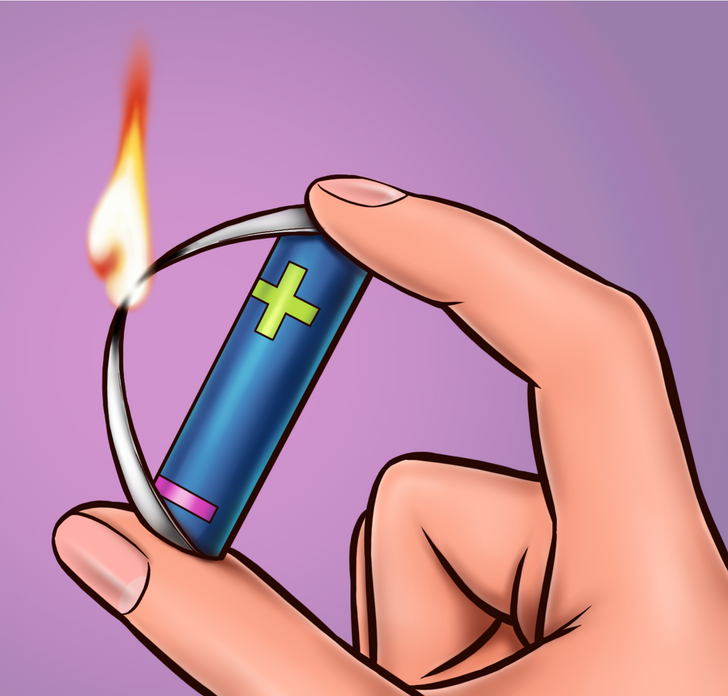
If you’re in the wild and in need of fire, and you don’t have matches or a lighter on hand, don’t start panicking yet. If you happen to have an AA battery and a foil gum wrapper, your chances of starting a fire are higher. Cut a long thin strip from the foil, fold it in half and cut diagonally across the folded strip, so the middle of the strip is the thinnest place when unfolded (as shown in the picture).
Connect the metallic side to both the positive and negative sides of the battery and wait until the gum wrapper is on fire.
5. Lay face down to survive an ostrich attack.
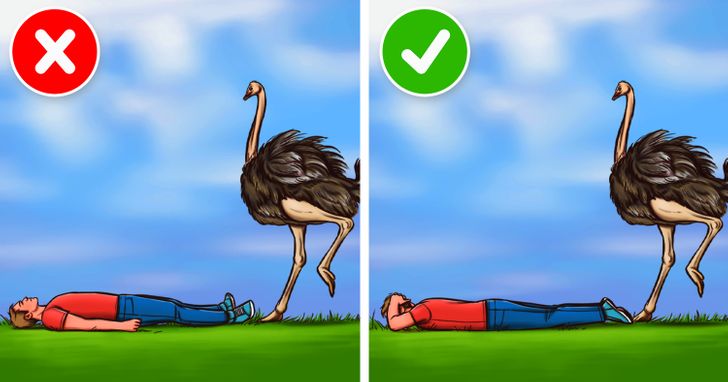
If an ostrich is chasing you and there’s no cover in sight, running won’t help since they can be faster than people. Lay on the ground, head down and play dead. Cover your head with your arms to protect your skull. Be ready for the ostrich to touch you or even stand on you — this behavior can also end up injuring you, though your risk of injury is much lower when you lay down.
6. Use trousers as a flotation device.
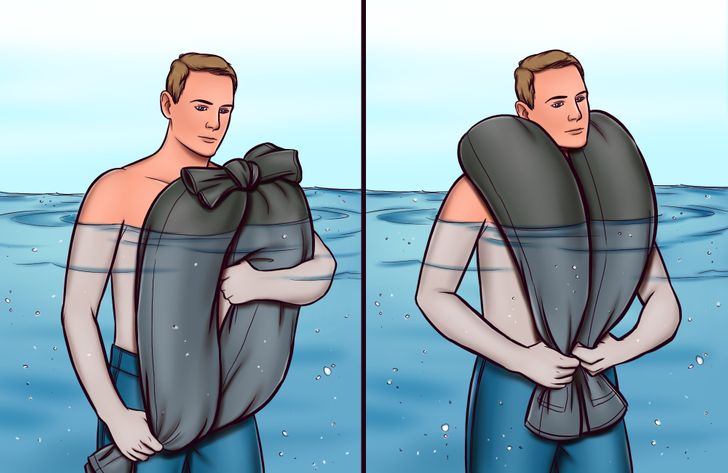
As soon as you hit the water and there are no buoyant objects you can hold on to, take off your pants. Tie the legs together with a simple knot, then grab the pants by the waistline. Pull them above the water and quickly fill your pants with air, then hold the waist part tight so the air doesn’t get out.
You can repeat this procedure to gather as much air as possible. Then put your head between the pant legs and use it as a life jacket, as shown in the picture above.
7. Escape a multistory building using bedsheets.
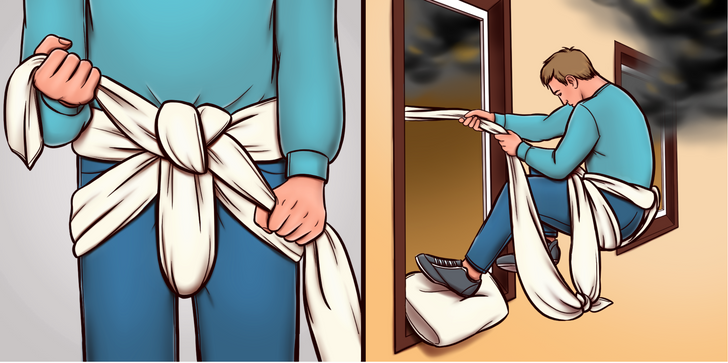
If you need to escape a building that is higher than 2 floors, and the only exit is the window or the balcony, take as many sheets as you can, tie them around the bedframe, or another large heavy object. Create an improvised rappelling belt (also out of a bedsheet) as shown on the illustration above, tie the end of the rope or sheets to this belt.
Place a pillow on the bottom of the window, as shown in the illustration above, to avoid excessive friction between the rope and the window edge.
8. To make a small raft, cover a bunch of branches with a tarp.
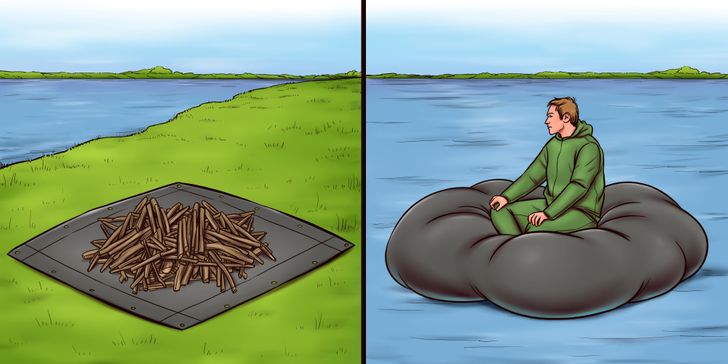
If you need to cross a river or a lake and you have a tarp, make an improvised raft. Lay out a tarp on the ground and collect small lightweight branches (fill it with floatable material and have air pockets in between) in the center, tie the ends, and bind the entire raft with a rope or a string. Be sure to test your raft before you take it into deep water to make sure it’ll be able to carry your weight and not fall apart.
9. Use a circuit board as a sharp object.
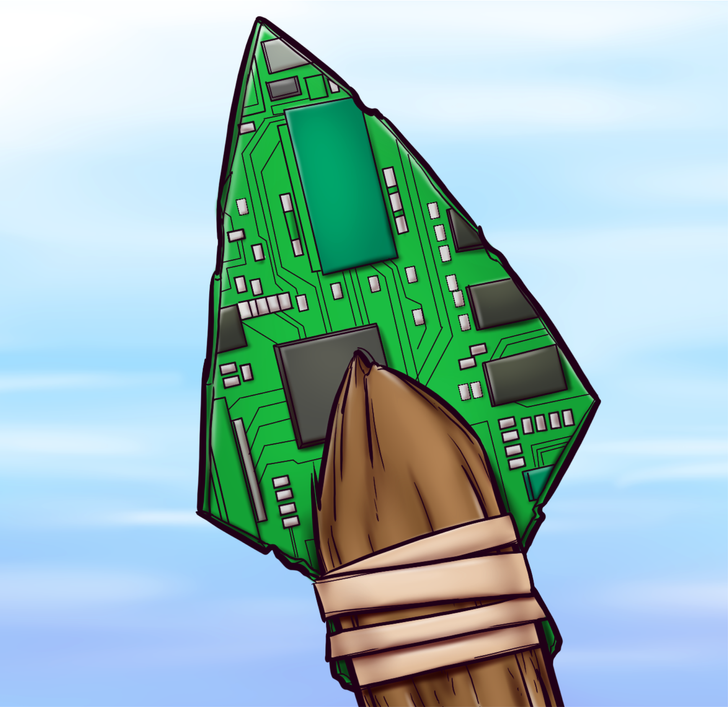
This one is a user’s hack. You can try to make an improvised arrow or spearhead from an old circuit board. Since it’s made of metal, it could be a bit difficult to cut and shape, but once you make it sharp, it’ll be an excellent tool.
10. Make a portable stove out of a can.
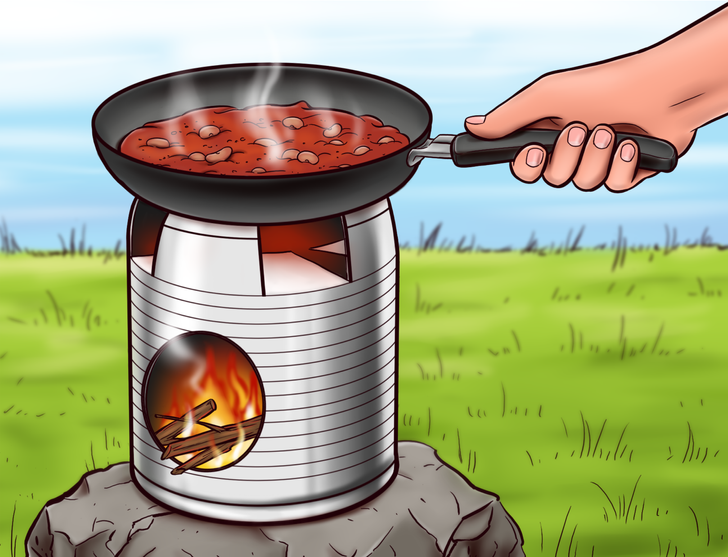
This hack is a user’s find as well. A big empty can and a sturdy knife can help you make a small stove. Get rid of the lid and make small vertical cuts, as shown in the picture. Bend half of them inside and leave half to make an improvised stand for the pan or the pot. Also, cut a hole in the side to put sticks in and keep an eye on the fire.
Do you know any other useful hacks that can be added to this list? We’d be happy to see your comments in the section below!



